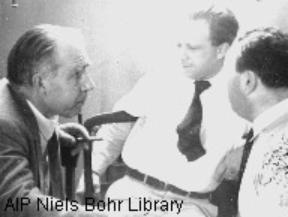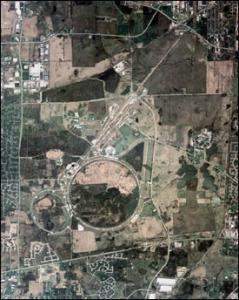
The Heisenberg's relations express a truly fundamental aspect of quantum physics. They don't reflect a practical limitation of our measurement capacity; rather, they place fundamental limits on the predictability of the values of microscopic observables. The uncertainty relations are at odds with the deterministic description of nature provided by classical mechanics, i.e. the description in terms of bodies characterised at any instant by well defined kinematical properties (position and momentum values), which can be predicted – in principle - with infinite accuracy. We are allowed to use such pictorial concepts for microscopic phenomena, too; but, as argued by Heisenberg: ‘If one wants to be clear about what is meant by ‘position of an object', for example of an electron [...], then one has to specify definite experiments by which the ‘position of an electron' can be measured [...].'

Time/energy uncertainty relations have important empirical implications too. One example is provided by the impossibility of determining simultaneously, with arbitrary accuracy, the phase characterizing the wavelike aspect of a light field and the photon number characterising its corpuscular aspect. This is because time enters in the definition of the field's phase, whereas the photon number defines the field's energy. Analogously, when considering the photon emitted in the decay of an excited atom, it is impossible to predict both when the photon will be emitted and what will be its frequency (the photon's energy and frequency are linked by de Broglie relations). This is why the atom life-time , i.e. the average time the atom remains excited before radiating, is linked to the natural width of spectral lines, i.e. the width of the frequency distribution of the emitted photons).
Quantum fluctuations are responsible for a number of fundamental effects. We cite two, which play a key role in electronics and astrophysics respectively: quantum tunnelling (particles ‘passing through' a potential barrier they could by no mean overwhelm according to Newtonian mechanics) and the evaporation of black holes (from which, by definition, no energy could escape; they leak due to quantum fluctuations).
Virtual particles are widely used in quantum field theory as a helpful concept to visualize elementary interactions and carry out the related calculations. Some effects on the atomic scale can be related to virtual particles (an example being the Casimir effect, i.e. the attraction between two uncharged mirrors facing each other).
In the quantum realm, we know very well how to measure the velocity or the position of a particle; but we can hardly think of position and velocity as having a well-defined value independently of the precise context of their observation. (See complementarity, superpositions for further discussion.)
Besides their deep philosophical implications, the Heisenberg's relations are a far-reaching empirical principle. They explain for example why the search for minuscule particles demands huge accelerators: a small size being coupled with large momentum, particles must be accelerated up to enormous energies in order to explore infinitesimal length scales.
Among the fundamental implications of the position/velocity uncertainty relations, we can mention the diffraction of particle beams (see experimental evidence) and the indiscernibility of quantum particles.



